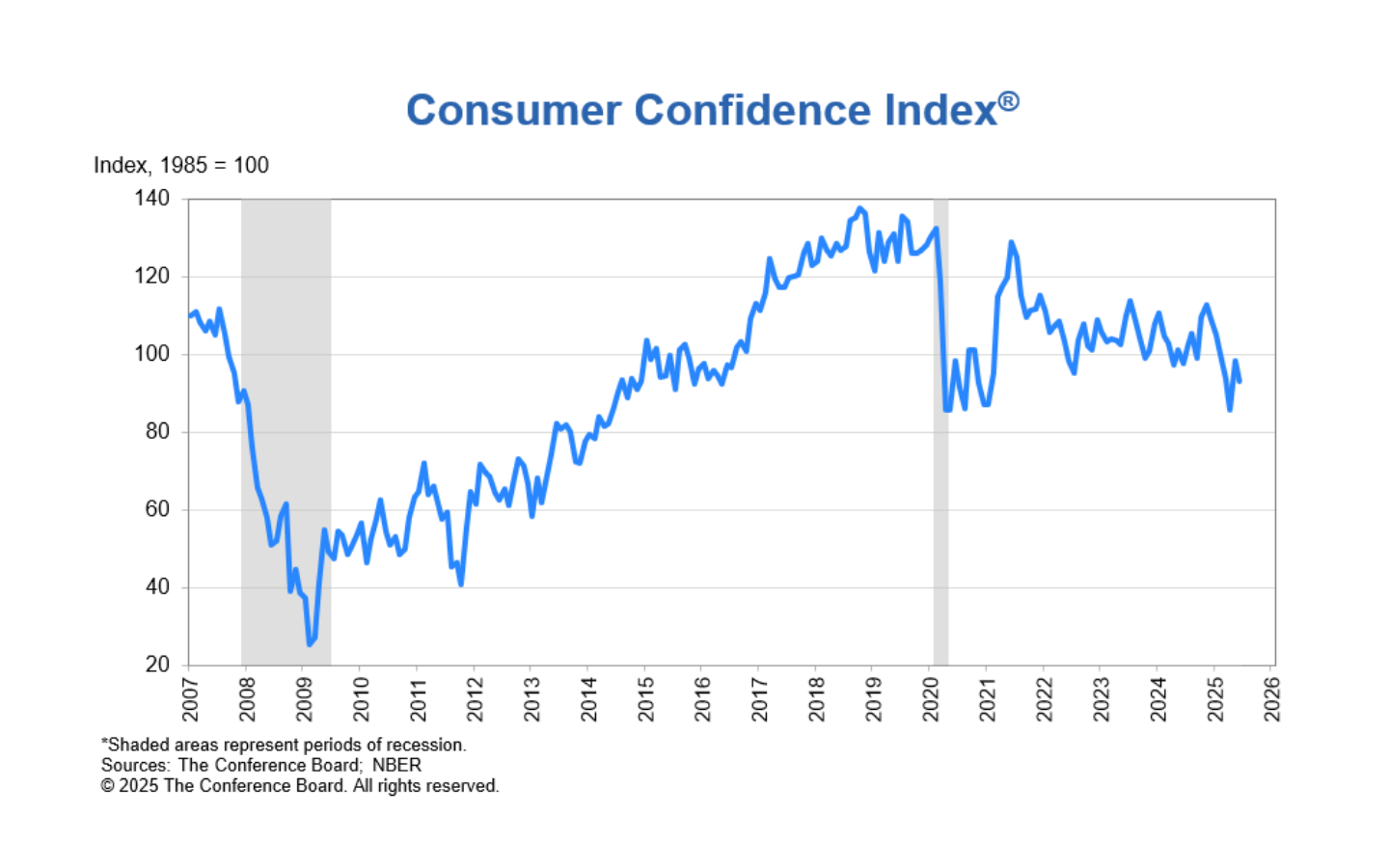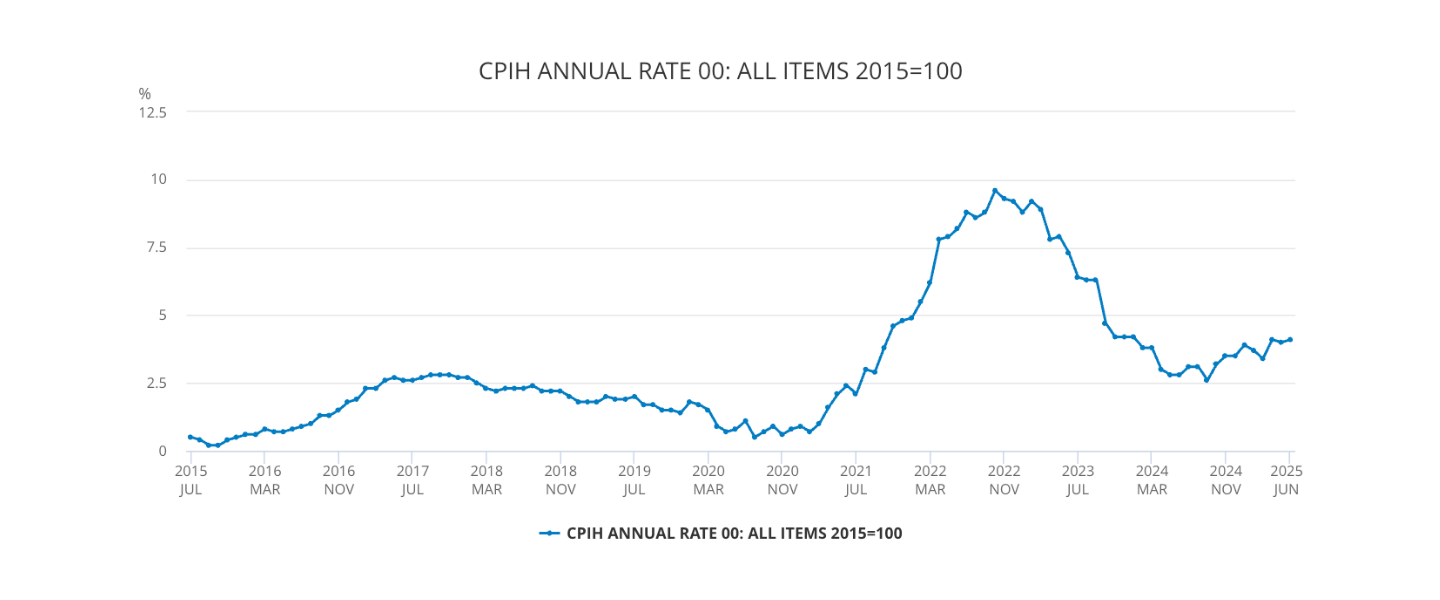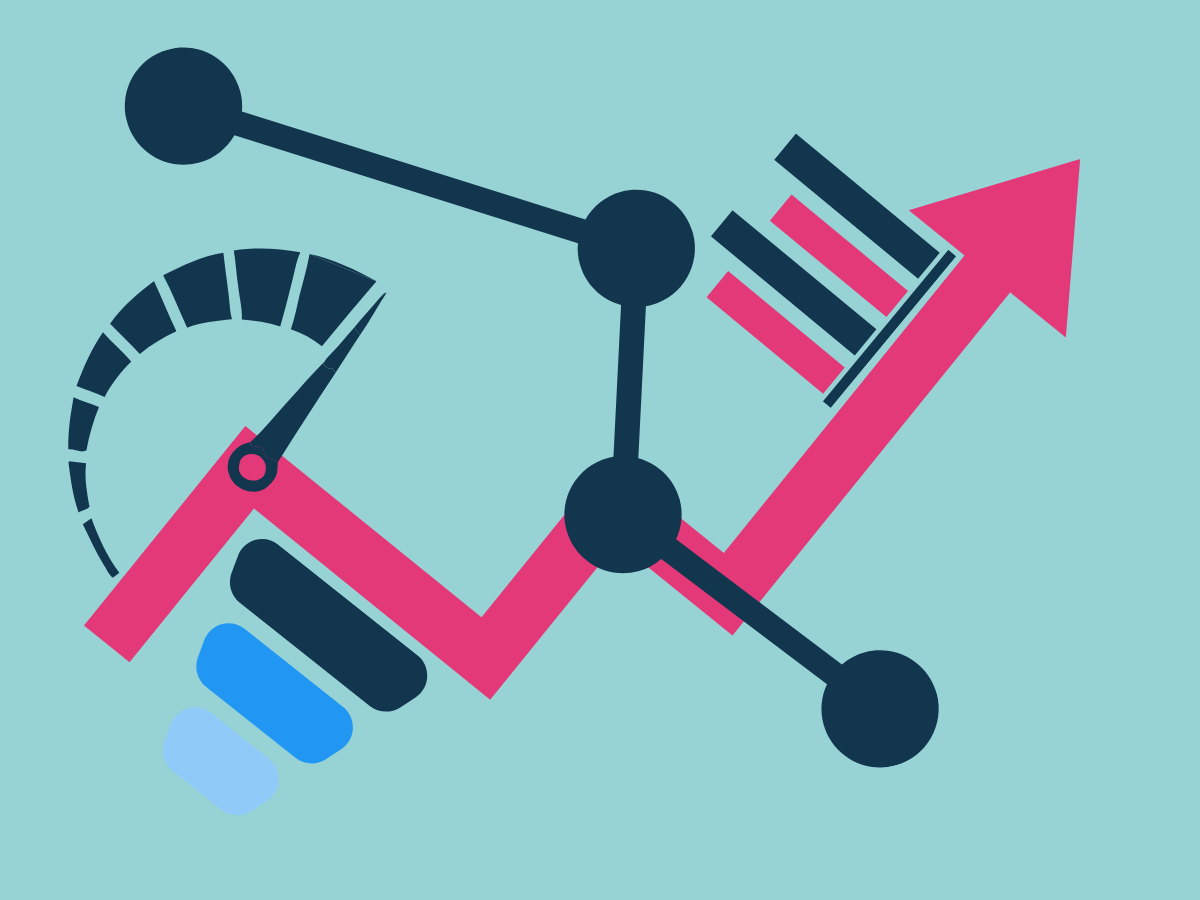The external forces affecting your eCommerce metrics

Is your conversion rate optimization strategy really working? Or are you just benefiting from favorable market conditions?
When sales drop 30% next quarter, will you blame your shopping cart experience or check what happened in the real world?
That last question separates smart eCommerce marketers from the rest.
The illusion of full control
Most eCommerce marketers obsess over internal metrics. Conversion rates. Cart abandonment. Email open rates. A/B test results. Meanwhile, external forces reshape their entire market overnight.
Your perfectly optimized checkout flow means nothing if customers can't afford your products.
External factors affect every aspect of your eCommerce performance. Yet most retailers spend zero time planning for them. Your business doesn't exist in a vacuum, immune to economic shifts, competitor moves, and cultural changes.
This can cost you money. Real money.
Economic conditions reshape customer behavior
Interest rates and consumer confidence don't just affect big purchases. They change how customers interact with your eCommerce platforms entirely.
When consumer confidence drops, discretionary spending falls, according to The Conference Board. Your discounts and promotions suddenly need to work harder. Shopping cart sizes shrink as customers buy essentials first. Price comparison behavior intensifies across all categories. Subscription and loyalty program cancellations increase. Customer lifetime value calculations become unreliable.

Example: Luxury’s growth stutters as 50 million consumers pull back on spending.
Inflation impacts every optimization strategy
When inflation surges, your personalization algorithms break. Customer purchase patterns from six months ago become useless. Your recommendation engines suggest products customers can no longer afford. The careful segmentation you built over months becomes irrelevant when everyone's budget shrinks.
What works: Adjust your customer experience based on economic indicators, not just behavioral data. Monitor local employment rates in your key markets. Track consumer price index changes in your product categories. Adjust email marketing frequency based on economic sentiment rather than engagement metrics alone. Modify your incentivize strategies for different income segments instead of assuming purchasing power remains constant.

Seasonal disruptions destroy forecasting
Weather doesn't just affect fashion retail. Unexpected seasonal patterns crush performance across every eCommerce category.
Because retailers report sales quarterly, a bout of unseasonable weather over just two or three consecutive weekends can significantly diminish the quarterly sales figures.
An early winter destroys outdoor furniture sales. A late spring kills gardening supply conversions. Your Q4 optimization strategy assumes normal weather patterns, but normal doesn't exist anymore.
Your seasonal campaigns could be built on historical weather data that's becoming less reliable every year.
Holiday timing variations wreck campaigns
Easter moves up to three weeks between years. Ramadan shifts through seasons over time. Chinese New Year changes dates annually. Your conversion optimization campaigns assume fixed calendar patterns that don't exist.
When Easter fell on March 31 in 2024 versus April 21 in 2019, spring fashion retailers saw completely different March performance patterns. The campaigns that worked in 2019 failed in 2024, not because of poor execution, but because of timing misalignment.
What works: Build seasonal flexibility into your ecommerce CRO strategies. Create multiple campaign variants for different holiday timings instead of assuming fixed dates. Monitor weather patterns in your key shipping zones and adjust inventory messaging accordingly. Build holiday-agnostic messaging into your customer experience that works regardless of timing variations.
Competitor actions blindside conversion rates
Your competitor's pricing strategy affects your performance more than your own shopping cart optimization. When a major player in your space launches aggressive discounts and promotions, your conversion rates drop regardless of your website improvements.
You can optimize checkout flows all day, but if your competitor drops prices by 20%, your conversions will suffer.
New market entrants reset expectations
When Amazon enters your category, customer expectations change overnight. Free two-day shipping becomes table stakes. One-click purchasing becomes expected. Your carefully optimized checkout process suddenly feels slow compared to what customers experience elsewhere.
You're not competing against your old conversion rates. You're competing against customer expectations set by market leaders.
When Shopify launched Shop Pay, retailers saw 20% drops in checkout conversion rates until they matched the one-click experience. The problem wasn't their checkout design. The problem was that customer expectations had shifted faster than their optimization cycles.
What works: Monitor competitor moves as closely as your own metrics. Set up price monitoring for your top 10 competitors and adjust your positioning accordingly. Track competitor promotion frequency and depth to understand market pressure. Monitor new player entries in your category before they affect your performance. Adjust your incentivize strategies based on competitive landscape changes, not just internal performance data.
Supply chain disruptions kill customer experience
Shipping delays don't just affect fulfillment. They destroy your entire customer experience optimization strategy.
When your usual 2-day shipping becomes 2-week shipping, your personalization efforts become irrelevant. Customers abandon carts not because of poor design, but because of delivery uncertainty. Your carefully crafted urgency messaging falls flat when customers know products won't arrive on time anyway.
During 2021 supply chain peaks, cart abandonment rates increased across all categories, according to ShipBob data. The optimization work retailers had done became secondary to basic fulfillment reliability.
Inventory shortages break recommendation engines
Your "customers also bought" algorithms assume product availability. When key items go out of stock for weeks, your cross-selling and upselling strategies fall apart. Your carefully crafted product bundles become impossible to fulfill. Customers lose trust in your recommendations when half the suggested products are unavailable.
What works: Build supply chain intelligence into your optimization strategies. Monitor supplier performance indicators and adjust marketing spend based on inventory reality, not wishful thinking. Create backup product recommendation logic that accounts for stock levels. Build flexibility into your conversion optimization tactics so they work even when your primary products aren't available.
Technology platform changes reset the game
Google algorithm updates can destroy months of SEO-driven conversion work overnight. iOS privacy changes can eliminate your retargeting strategies. Social media algorithm shifts can cut your organic reach by 80%.
Facebook's iOS 14.5 update reduced attribution accuracy for most advertisers, making conversion optimization much harder to measure. Suddenly, the data driving optimization decisions became unreliable, but most marketers kept optimizing based on incomplete information.
Ecommerce platform updates break workflows
When Shopify or WooCommerce updates their checkout process, your conversion rate benchmarks become meaningless. Your A/B testing results from before the update don't apply to the new experience. Features you relied on might disappear or change functionality without notice.
Platform changes affect your metrics more than your optimization efforts.
When Google updated its Core Web Vitals requirements, eCommerce sites saw average conversion rate drops until they adjusted. The sites that recovered fastest weren't the ones with the best optimization teams. They were the ones that planned for platform changes.
What works: Stay ahead of platform changes that affect your retail performance. Subscribe to platform roadmap updates and plan optimization work around known changes. Test major updates in staging environments before they go live. Build relationships with platform support teams who can warn you about upcoming changes.
Social and cultural shifts reshape demand
Environmental concerns don't just affect eco-friendly brands. They change purchase behavior across all categories. Sustainability messaging becomes a conversion factor even for traditional products.
Nielsen research shows that 66% of consumers will pay more for sustainable products, affecting pricing and positioning strategies across retail. What worked as messaging five years ago might actively hurt conversions today if it conflicts with current cultural values.
Demographic transitions change everything
Gen Z shopping behaviors can differ from Millennials. Your customer experience optimization strategies built for one generation fail with another. Social proof tactics that work for older customers confuse younger ones.
What works: Monitor cultural shifts as closely as conversion metrics. Track demographic changes in your customer base and adjust messaging accordingly. Monitor social media conversation trends that affect your category, not just your brand. Test different customer experience approaches by age cohort instead of assuming one approach works for everyone.
How to build external factor planning into ecommerce CRO
Most retailers track the wrong external signals (or none at all). They monitor internal metrics religiously while ignoring the external forces that drive those metrics.
Here's what actually matters for your conversion optimization strategy.
Monitor the right indicators
Economic indicators specific to your customer demographics matter more than general market data. If your customers are primarily upper-middle-class suburbanites, national unemployment rates are less relevant than local luxury spending patterns.
Competitor pricing and promotion intelligence should be as detailed as your own performance tracking. You need to know when competitors launch campaigns, how deep their discounts go, and how long their promotions last.
Supply chain health metrics for your product categories can predict conversion problems weeks before they show up in your analytics. Monitor shipping times, inventory levels, and supplier reliability indicators.
Cultural trend analysis relevant to your brand helps you stay ahead of messaging shifts. What resonates today might seem tone-deaf next quarter.
Create contingency optimization plans
Alternative conversion tactics for different economic conditions keep you flexible when markets shift. Your recession playbook should be different from your growth playbook.
Backup personalization strategies become essential when data becomes unreliable or privacy changes limit targeting capabilities. Plan for scenarios where your primary optimization approaches stop working.
Crisis customer experience protocols help you maintain performance during disruptions. When normal operations fail, you need predetermined alternatives.
Your conversion optimization strategy should have multiple scenarios, not just one optimistic forecast.
Build flexibility into your customer experience
Dynamic pricing based on competitive pressure helps you stay competitive without manually monitoring every competitor move. Your systems should adjust automatically when market conditions change.
Flexible shipping options that adjust to supply chain conditions maintain customer satisfaction even when logistics fail. Don't promise what you can't deliver.
Seasonal messaging that adapts to weather patterns performs better than rigid seasonal campaigns. Your spring campaign should trigger based on temperature, not calendar dates.
Economic-sensitive incentivize programs adjust discount depth based on customer financial stress rather than arbitrary promotional schedules.
The bottom line for eCommerce performance
External factors will impact your conversions, customer experience, and profit margins. The question isn't whether they'll affect your ecommerce platforms. The question is whether you'll see them coming and adjust your optimization strategies accordingly.
Final thought: The best eCommerce marketers don't fight external forces. They build them into their conversion optimization playbook.
Your discounts and promotions work differently in different external conditions. Your personalization strategies need external context to stay relevant. Your shopping cart experience competes against changing customer expectations set by forces outside your control.
Plan for the world as it is, not as your internal metrics suggest it should be.
- Audit your external monitoring systems (you probably don't have any)
- Identify your three biggest external vulnerabilities
- Build contingency plans for your conversion optimization strategies
- Stop blaming internal factors for external problems






